Pretty much anywhere you live in the United States, with the exception of the most desert areas, there are flowers that are rich in medicinal benefits.
As with most flowers, they likely grow throughout the summer, but you need to get in a stockpile before they’re snowed under.
Of course, all of these flowers may not be available in your area, so check their zones. You may even want to consider growing some of these in your yard or your permaculture setting.
It’s important that you know what’s available in your backyard that can be used medicinally, and this is our article for today.
We’ve been using plants medicinally in this country long before it was settled by Europeans. As a matter of fact, many of the plants were originally named by Native Americans, then the name was Anglicized.
They had herbal medicine down to an art and with just a little bit of time, you can build some rudimentary skill in this area. And you should.
I’m sure that the last person who ended up in some tragic scenario that required this kind of knowledge didn’t plan to end up in that situation, either.
Now, just to throw in a bit of trivia about the names of plants. As I said, many of them were named by Native Americans or by the settlers.
Those are the pretty or descriptive names like Butterfly Weed or Indian Paint, or Church Steeples. Others, such as hepatica, were named during a period of time in the middle ages when doctors believed that the structure of a plant belied its use.
This Timeless Collection of Forgotten Wisdom Will Help You Survive!
For example, the hepatica plant was believed to aid with liver ailments because the flower itself had three lobed leaves that reminded the doctor of the human liver. It turns out that the plant doesn’t really have any medicinal properties at all. Fortunately, we’ve moved a little bit beyond that.
Coming back to the US, though, once Europeans started settling and learning from the Native Americans about the plants, they combined their advanced knowledge of human anatomy and medicine with their new knowledge and the modern pharmaceuticals were born.
Even today, flowering plants provide almost 25% of the basic ingredients for today’s medicines.
Now, let’s get to what you should be harvesting for winter.
Foxglove
This beautiful flower comes in lavender, white, pink, red, yellow, and purple flowers that grow up a stem that can get as tall as six feet.
They grow well in many parts of the US and are used medicinally for congestive heart failure and dropsy, aka fluid retention. It’s also used for asthma, heart irregularities (flutters), constipation, headaches, tuberculosis, and epilepsy.
Lavender
This pretty purple plant is grown by the front porch or gat for luck, but that’s not all it’s for. Lavender makes a great tea and is shown to be effective in treating depression, anxiety, and stress-related headaches. Store the plant, stems, and leaves.
Shepherd’s Purse
This plant was carried to the US from Europe and grows well here throughout the country.
The whole plant is edible and also extremely nutritious, but the health benefits make it a must-have in your medicinal herbs kit. The leaves, stems and flowers are used to stop bleeding because it constricts your blood vessels.
It’s also used as an astringent and an anti-inflammatory. You can make it into a tea for the medicinal purposes. You may be better off making this into a tincture because it’s possible that they lose potency when they’re dried.
Evening Primrose
Every single part of this pretty plant has a medicinal use. The seeds are cultivated because they contain GLA, one of the essential fatty acids that your body can’t make.
It helps prevent heart disease, cirrhosis of the liver, skin conditions such as eczema, atherosclerosis, menopause, and PMS, which will definitely be a good treatment for all involved if you’re forced into tight quarters!
Seriously though, it’s a nice tea that’s used to relieve that discomfort. The plant is used to relieve pain and is an anti-inflammatory.
The leaves and bark are astringent and can also help with whooping cough, asthma, skin condition, and GI disorders. Now see why it’s a must-have? Harvest extra!
Purple Coneflowers
This flower is so pretty that many people are growing it in their gardens without even realizing that it’s a medicinal plant.
As a matter of fact, you probably recognize this plant better by its Latin name: Echinacea. This was probably the plant that was used the most by Native Americans.
They used the root for snake bites, bug bites, burns, toothaches, sores, colds, and flu. All of the plant – leaves, buds, stems, and roots, are all potent, but the highest concentration is in the black roots, which can be dried and ground into a powder for use in tea.
Self Heal
As with many plants, this ground weed with small purple flowers is being studied by traditional medicine for its efficacy and is showing great potential for its antibiotic capabilities. It’s so prolific that you can find it just about anywhere in the US.
St. John’s Wort
This is a common roadside weed in almost every state, though most people have no clue what it is. It has what can only be described as frothy yellow flowers and gardeners call it a weed and pull it out mercilessly.
It blooms in the summer and is always in bloom in late June. As a matter of fact, that’s how it got its name back in medieval Europe: The Day of St. John is on June 24th.
Then, it was used to ward off evil spirits and protect livestock and farms from devils, goblins, and witches. Today we just use it to treat depression and anxiety. Boring, I know, but a better use of the plant. As a matter of fact, it’s so effective that it’s often called natural Prozac.
These are the most popular plants that are fairly common throughout the United States and there are likely some plants native and specific to your zone that you should learn about, too.
All of the plants that I listed here are fine to be dried, except where noted, but some plants lose their efficacy when they’re dried. For those, you’ll want to make a tincture, infusion, or salve instead, depending on whether you take it internally or externally.
You just can’t skip these natural cures from your prepping, as they are right at your hand and so much more powerful than anything that Big Pharma would promote. Take advantage of them to stay safe!
Do you have any wildflowers that you’d like to suggest? If so, please do so in the comments section below.




























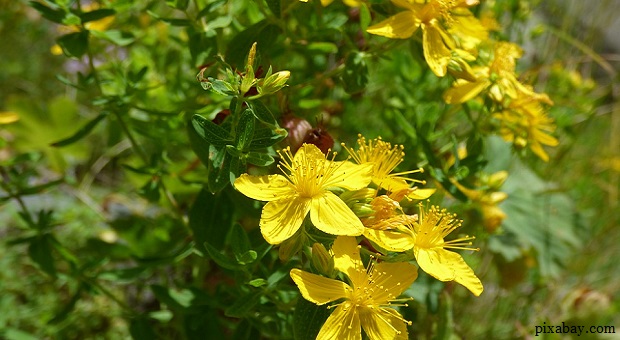

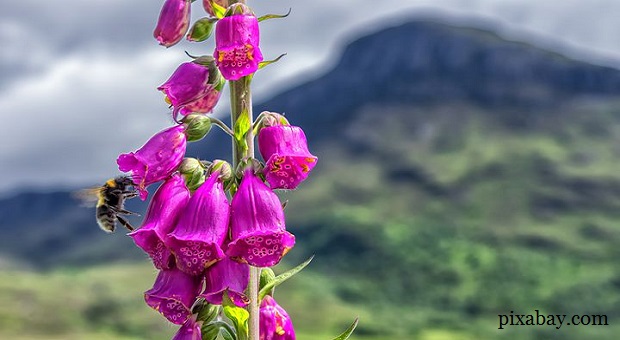
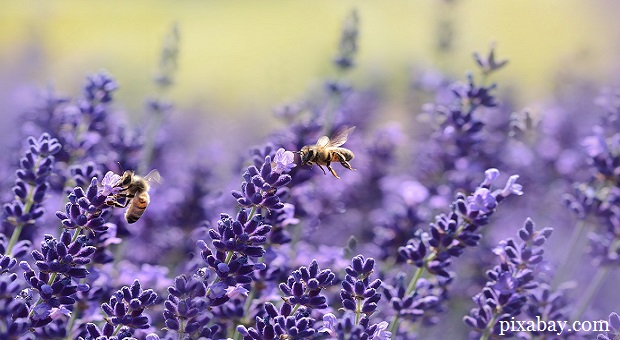
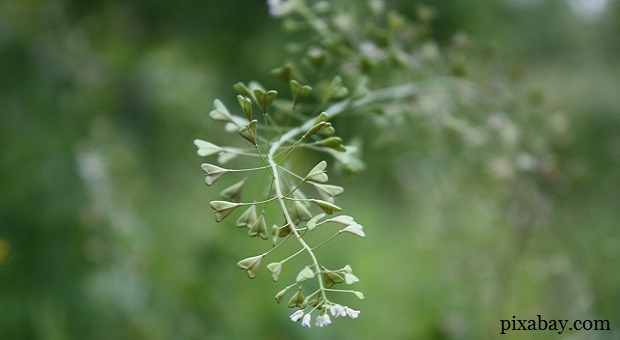
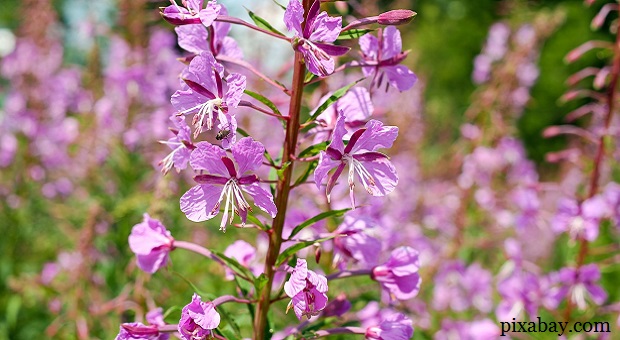
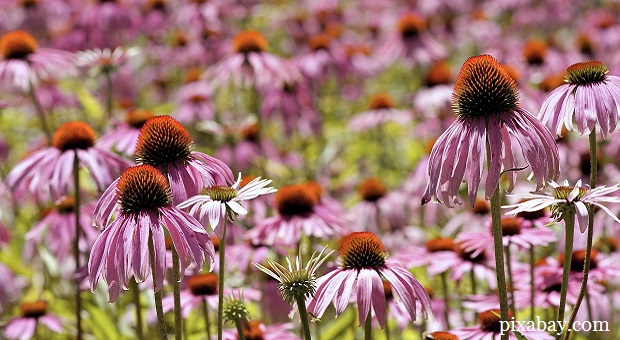

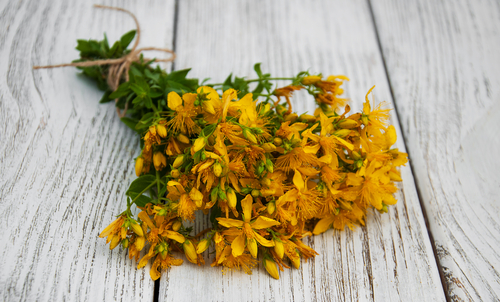


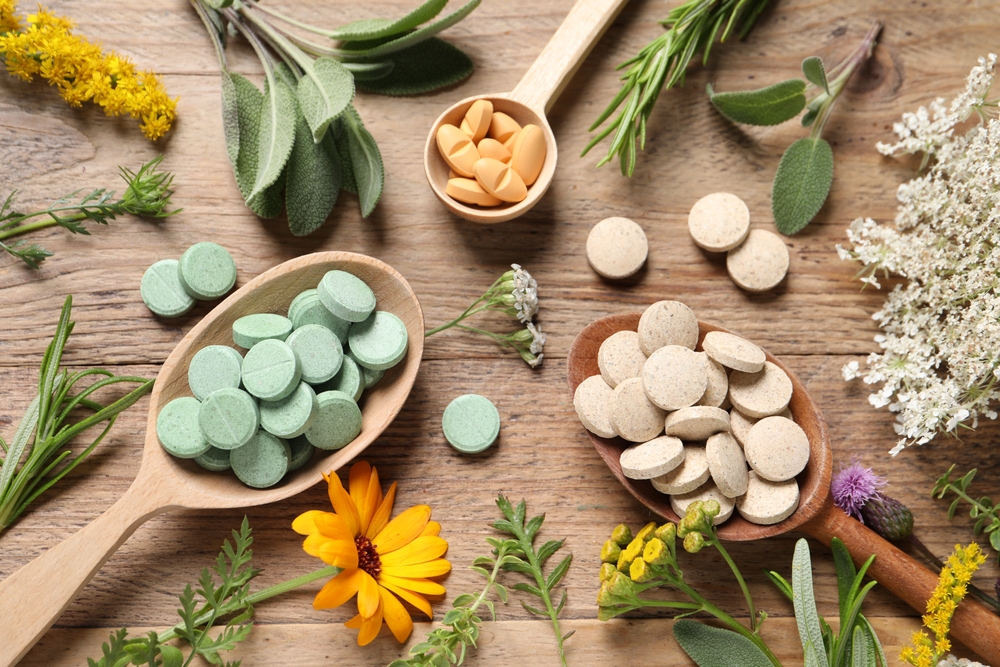







































Are all Purslanes edible…read where they were good in salads, high in Vitamin C, etc…just making sure so I don’t harm myself…starting a garden of edibles and medicines…thank you for this info…
We love purslane in salads but it is also a good steamed vegetable.
I have a part of my garden with purselane, lambs quarter, wild amaranth, et. Husband calls it the weed garden. I call it my medicine patch but actually there are medicines, hair rinse, soap, teas, fruits, edibles, et. The easiest garden of all as it requires little care and just occasional water if rains don’t come. Most wild native plants grow without any human care, even in southwestern deserts. I like cactus along my fence lines. Easy security plus edible pads, fruit and medicinal flowers. Cota is our favorite tea hot or iced, sweetened or not. It is wild here in high mountain desert. Many yuccas have soapy roots, edible fleshy seed pods, pretty plants and flowers. Some yuccas had wide leaves that were woven into baskets and sandals. Narrow leaved varieties were stripped and used as paint brushes for decorating handmade pottery. Every region is filled with useable or edible or medicinal plants.
Morman immigrants going to Utah survived a winter by drinking a tea from a plant in the green thread family. All of the family is useable. We drink the one called Cota by early Spanish explorers. Seeds, nuts, herbs, medicines, teas, painkillers, learn your areas natural provisions.
Hi Sandra, I have common pUrslane and winter purslane (miners Lettuce). I watched a great youtube Vid showing there’s a plant that looks very similar to Purslane and is poisonous. It has a dark ‘stain’ on its leaves. puRslane does not. If in doubt, dont eat it! I started with purchased seeds, just to be certain!
I live in the desert of the south west.Where do i find these plants?
Bindi or goathead,puncture vine, many names and many uses but dried, a tea of plant and nutlets(seeds) is a diuretic. Desert mallows, stems with their orange flowers, boiled 15 minutes then cooled, makes a wonderful hair rinse for shinny healthy hair.
We have many wild foods and medicines in our western deserts.
I’m envious of your garden store.
That’s precisely the type of garden I am trying to create.
Low maintenance
Multipurpose
Tell your husband Shakespeare said ” a rose by any other name “.
God bless and good luck.
I use Plantain for wound healing, both the ’round’ leaf and long strappy leaf work. Comfrey for sprains and aching/ pulled muscles. For sinus pain I use ginger grated into boiling water as an inhalant – also use it for headaches and it’s good as an infusion to drink as a tea. Rosemary leaf tea is good for memory!
should have how to pick locks
The St Johns Wort you have pictured here is a ornamental variety. The medicinal plant has much smaller flowers and when held up to the sun the leaves have many small holes where the light shines through!! You may want to change the picture so someone doesn’t try to make medicine out of the wrong plant!!
The cover pic is the right type for medicinal use but the pic below the self heal is not.
Also your post on evening primrose is not correct. You have Fireweed, Epilobium angustifolium pictured not evening primrose, although fireweed is in the evening primrose family. just trying to help …peace
Also, Saint John’s wort is not just good for depression: its primary use is as an antiviral. It is VERY EFFECTIVE as an ANTIVIRAL. Just keep sipping strong cups of saint john’s wort around the clock if you are exposed, or are near someone with a virus.